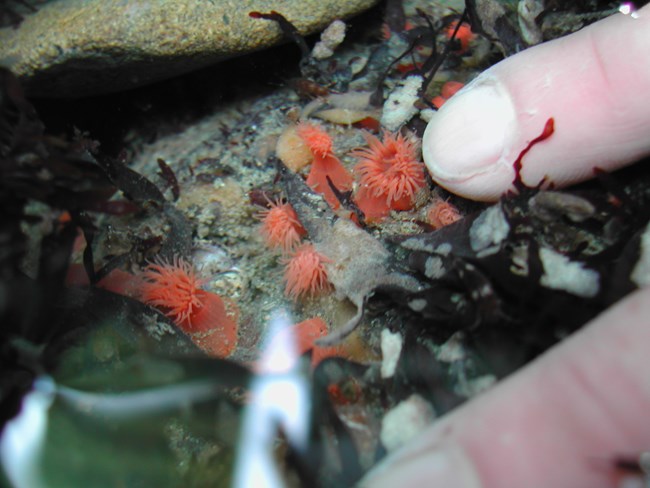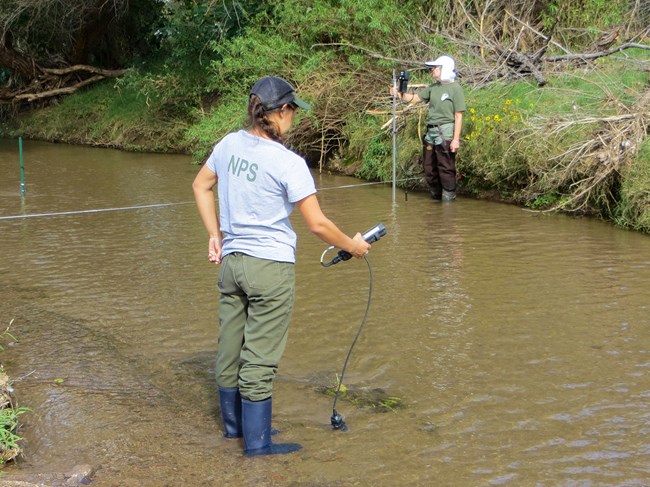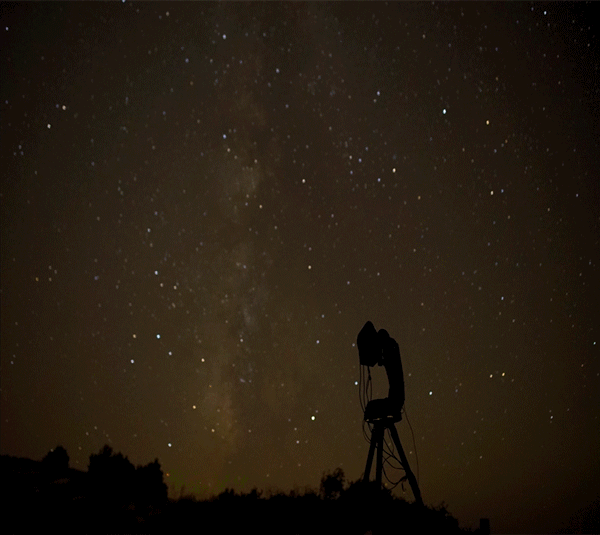In 2016, as the 12 basic inventories were nearing completion, Inventory & Monitoring (I&M) began to think about what would come next. We sought input from parks, I&M networks, regions, and national programs. In particular, we wanted to know:
- What kinds of natural resource data do parks and programs need the most?
- How could parks use those data to improve their management of park resources?
We pulled together what we learned from our surveys and scoping sessions and identified a set of ten priority inventories. While the 12 basic inventories provided a common, basic information set to parks, this next round of inventories will go further. Tailored to park needs, they will leverage new and existing sources of data and be updated over time. The consistent goal? Provide parks with detailed data to enable science-based management decisions.
I&M plans to lead three of the ten inventories (Species, Vegetation Community Mapping, and Surficial Geology/Soils Mapping). We will contribute to the other seven in partnership with other programs.
The Ten Inventories

NPS
Species
- Complete, update, or expand our basic vertebrate and vascular plant inventories
- Include invertebrates, non-vascular plants, invasives, or other species of management concern
- Enable creating species lists for areas of interest based on observations or modeling
- Include additional information about species ecology, behavior, and life history
Vegetation Community Maps
- Complete, update, or expand our basic vegetation mapping inventory
- Develop maps at finer resolutions, remap areas after disturbance, update outdated maps, or map previously-unmapped lands using existing classification systems
- Mapping may include submerged lands
Surficial Geology & Soils Maps
- Extend the soil resources inventory by incorporating data about the substrates beneath park soils
- "Surficial" geology maps describe the different kinds of loose, unconsolidated sediments—e.g., sand, gravel, or clay—that overlie bedrock in most areas. Soils are the uppermost layers of surficial deposits that have been altered by their exposure to the elements.
- Scope and methods are still being developed
Management Areas
- Delineate areas or polygons that are relevant to planning and conducting management or scientific activities
- Link these areas to supporting information, e.g., information related to area mandates, goals, management objectives, targets, or use
- Enable other data sources to be queried based on these boundaries

NPS
Inventory & Monitoring Locations
- Catalog the location of current and former monitoring stations or sampling locations used by NPS or agency partners
- Combine and augment earlier water quality station, air quality station, and climate station inventories
- Catalog the data that are being collected, the periods of record for each parameter, and information on where and how to obtain the data and summary reports
Resource Management Assessment Points
- Catalog the numerical thresholds or categories that are used to interpret inventory and monitoring data in terms of status, trends, etc.
- Enable inventory and monitoring results to be assessed uniformly, for consistent reporting and resource management
Natural Resource Hazards
- Identify potential and existing biological, physical, or chemical hazards within or near parks
- Assess risks posed to people and park resources

NPS / Natural Sounds and Night Skies Division
Natural Resource Sounds and Images
- Collect photos, videos, and audio recordings that can be used to assess the status of natural resources, e.g. dark night skies, viewsheds, and natural sounds in and near parks
- Constrained to data collected using standardized, documented methods
Citable Science, Records, Collections, and Archives
- Identify, describe, and organize scientific information from multiple sources so that it is easily accessible and discoverable
- Automate creating bibliographies of current or relevant documents, studies, records, and data pertaining to park resources
- Make it easier to determine context for natural resources issues, to identify knowledge gaps, and to validate novel findings
Base Cartography
- Collect and distribute essential map layers in a format that is compatible with widely used GIS software
- Update layers collected in the earlier baseline cartographic inventory, and expand scope to include new layers such as LiDAR, watersheds, glaciers, permafrost, nearshore water currents, archeological sites, and cave features
- Ensure layers can be queried and aggregated at different scales, and presented with a consistent cartographic style
Learn More
DeVivo JC. 2019. Inventories 2.0: A plan for the next generation of NPS natural resource inventories. Natural Resource Report. NPS/NRSS/NRR—2019/2007. National Park Service. Fort Collins, Colorado
Last updated: April 21, 2020
